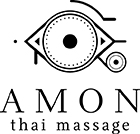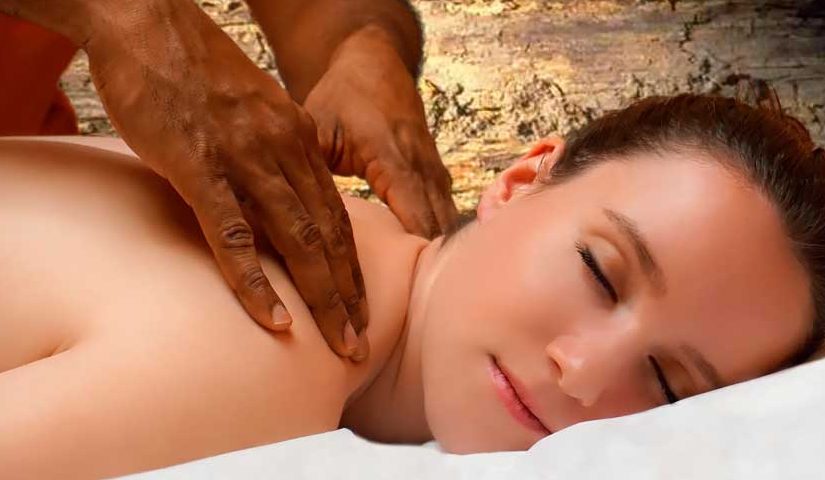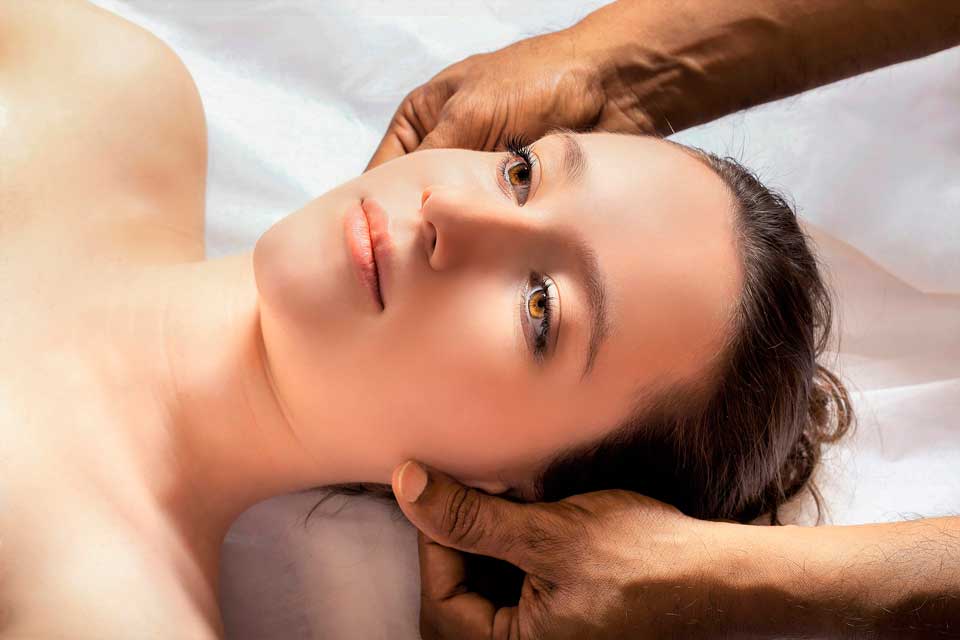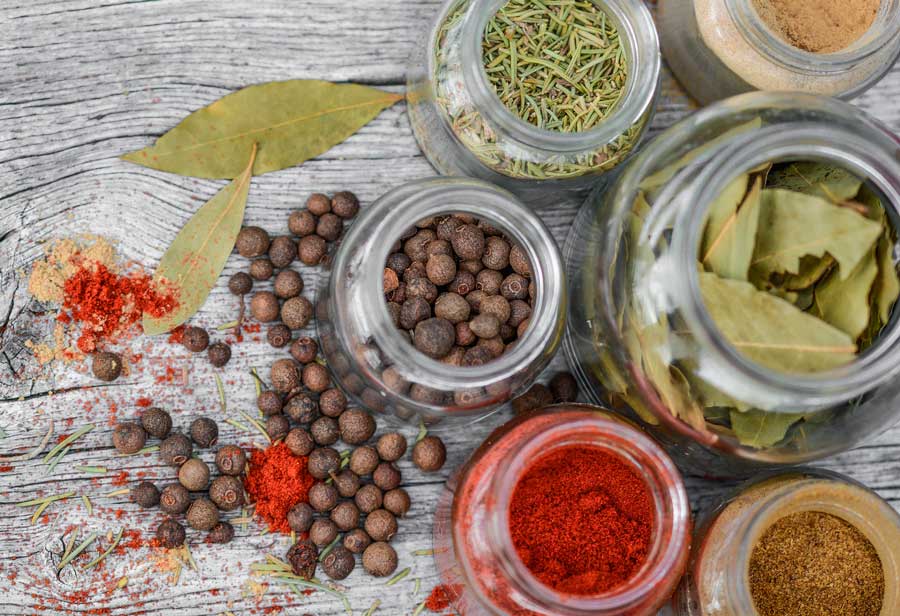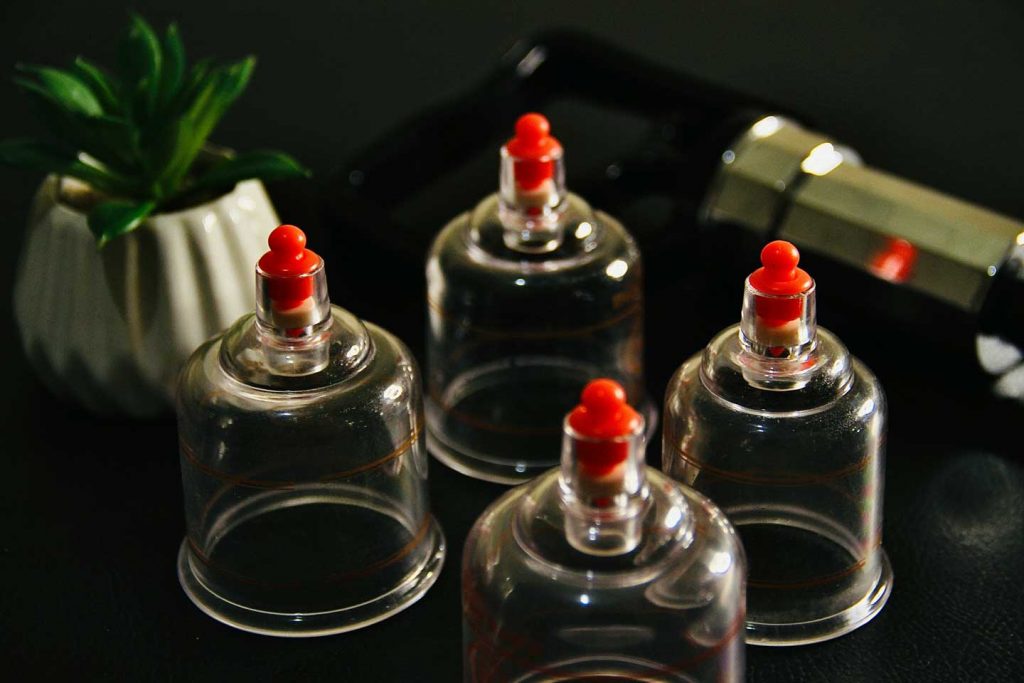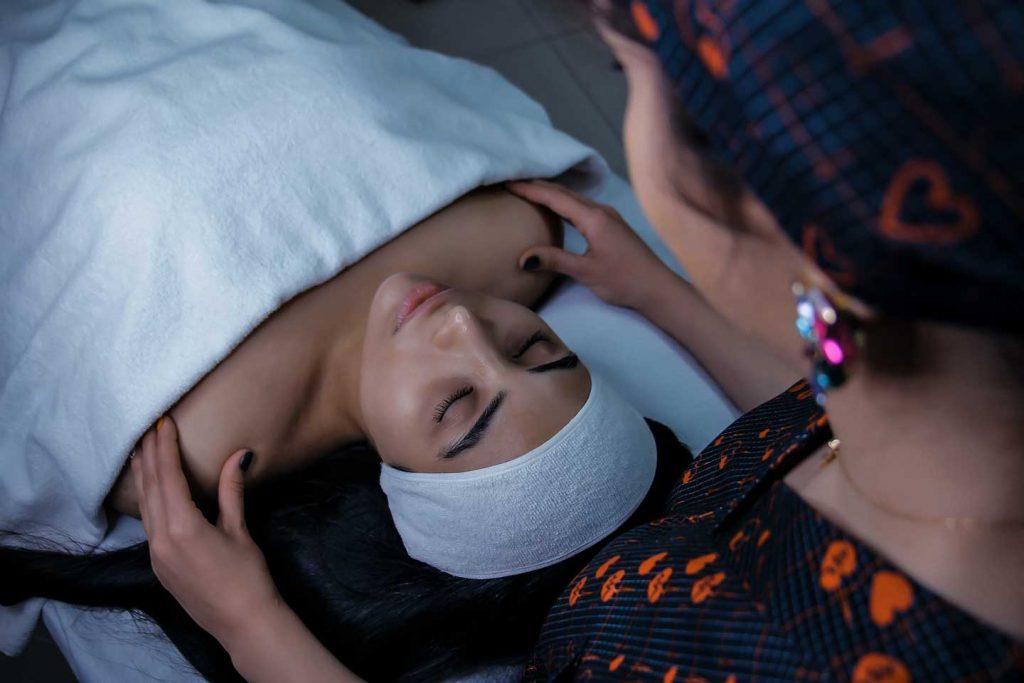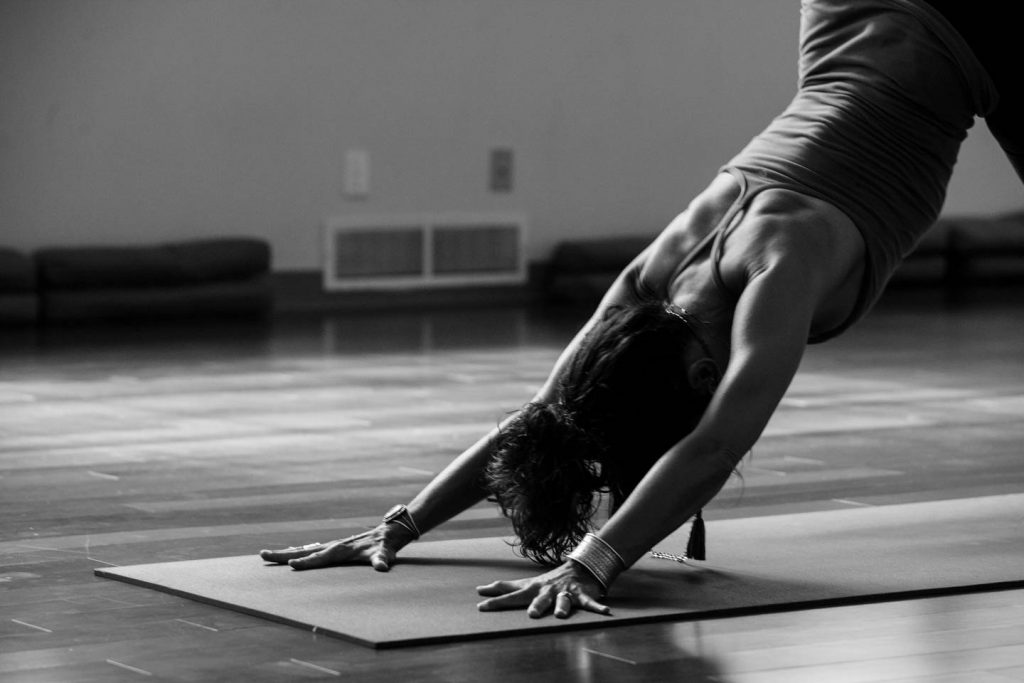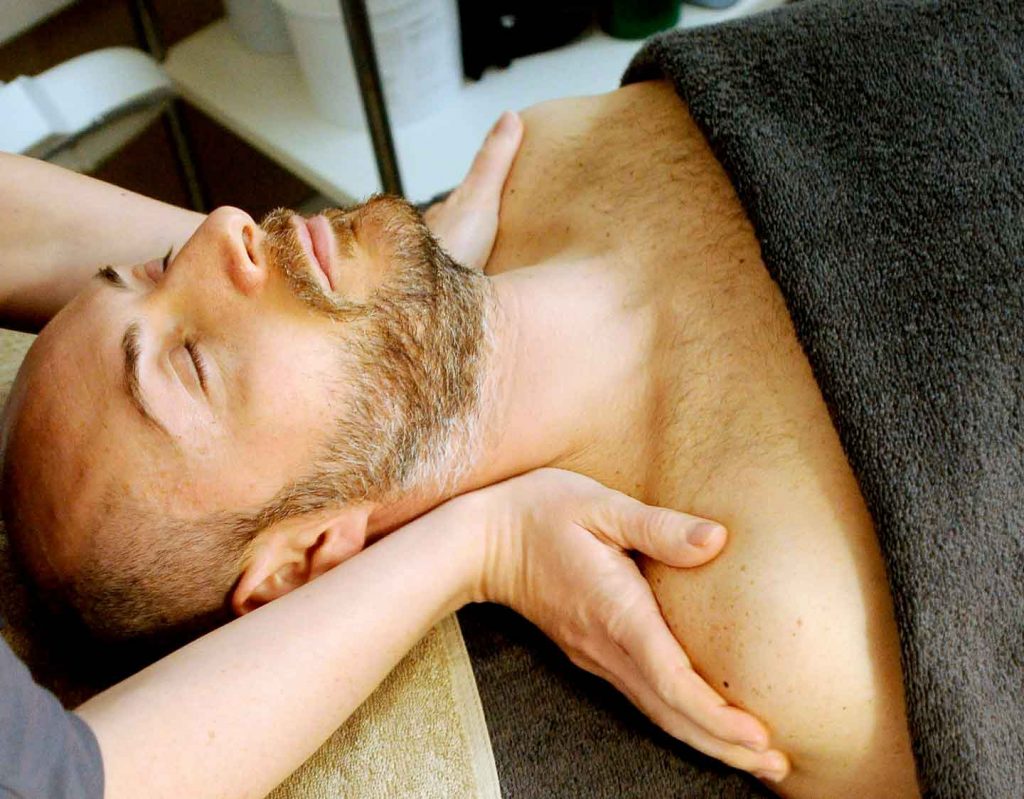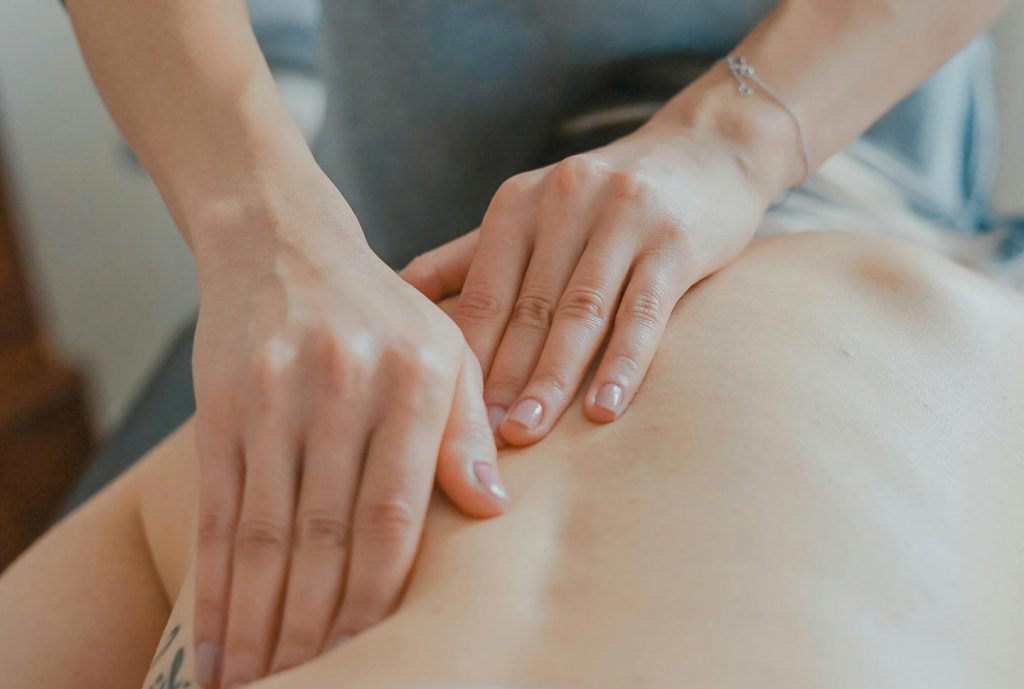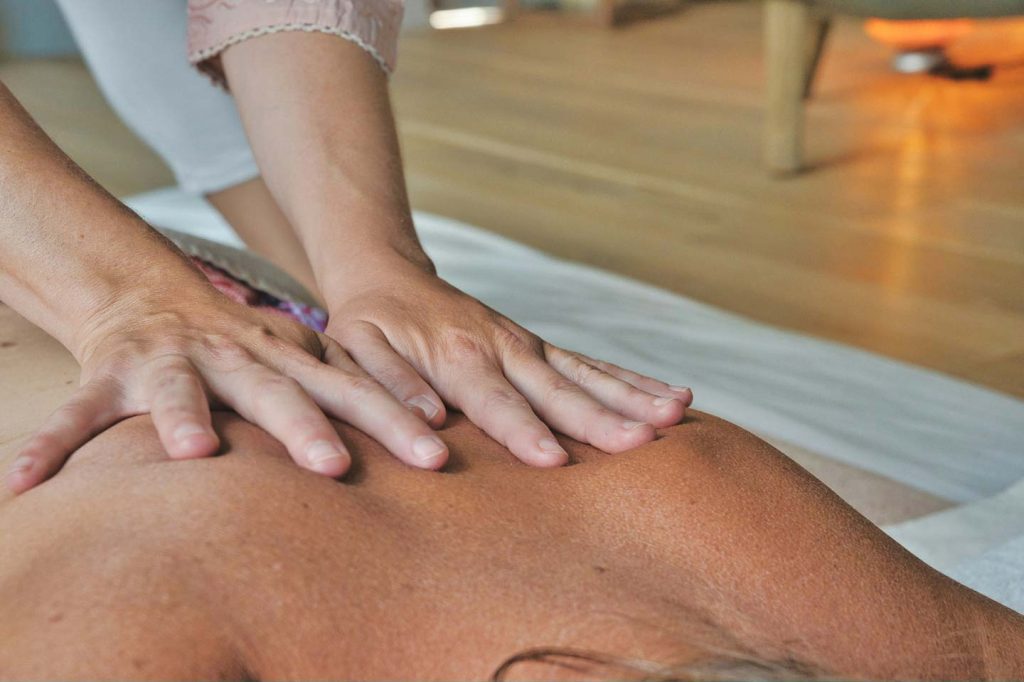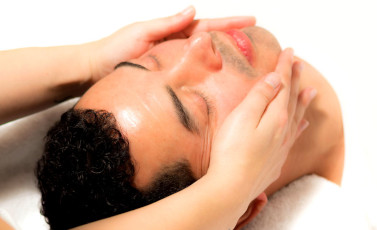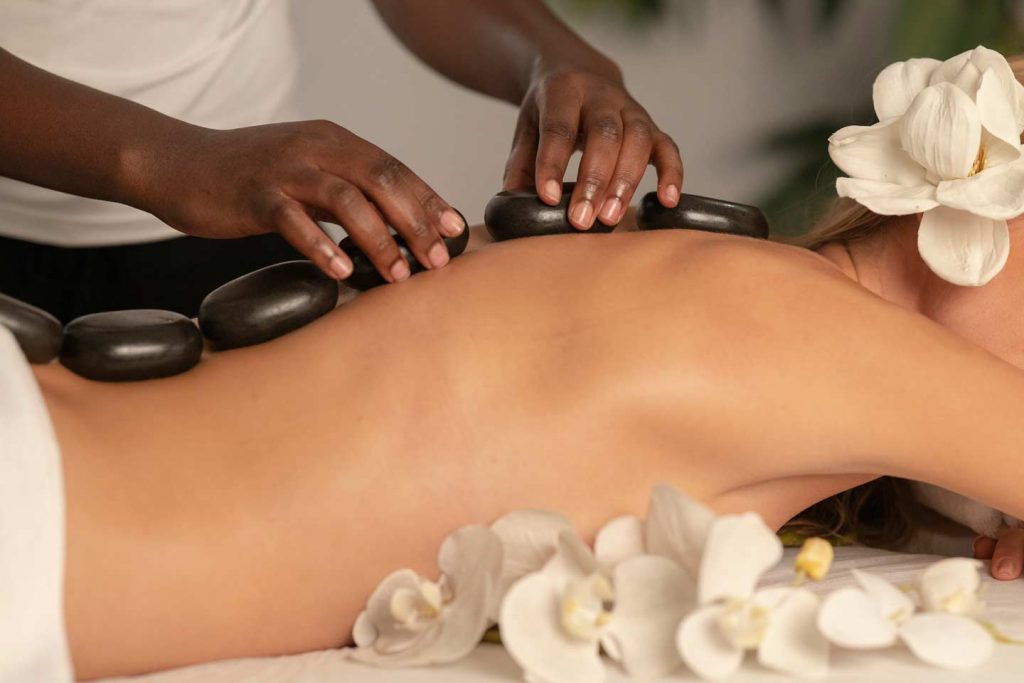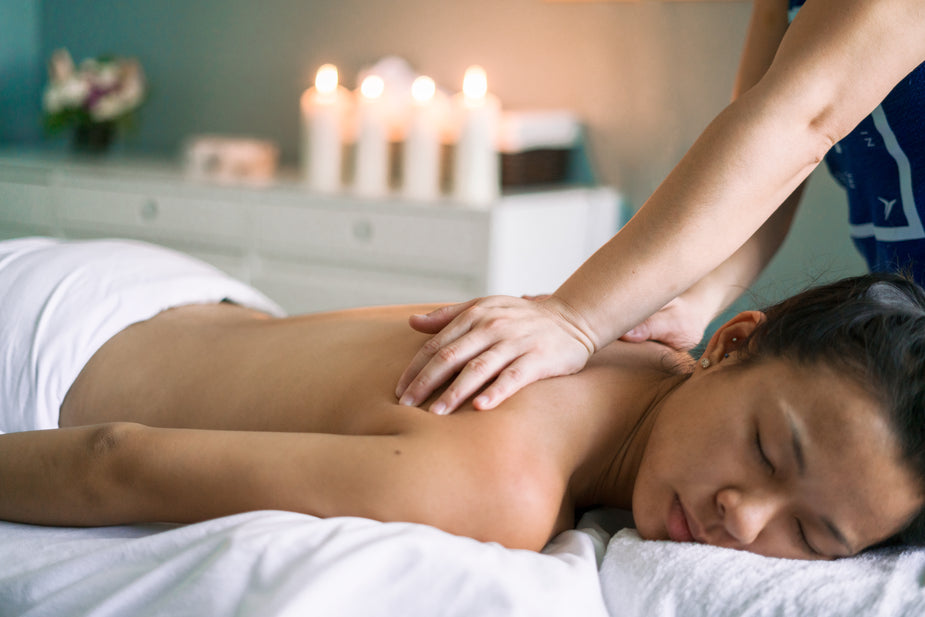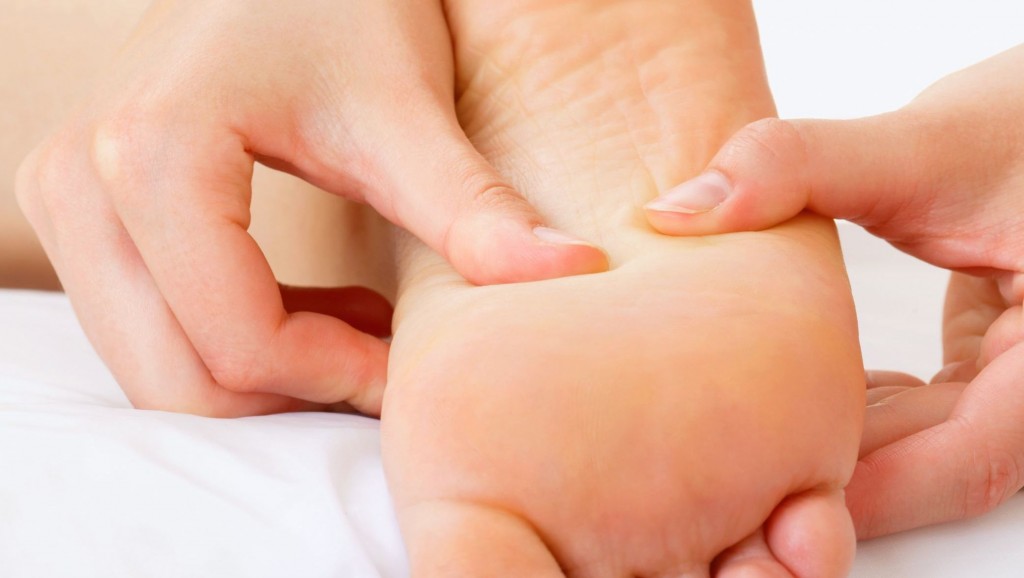What is ayurveda massage?
Ayurvedic medicine is one of the oldest holistic healing systems in the world, with a 5,000 year old history that originates from India. The word Ayurveda originates from the Sanskirt word which is interpreted as ‘knowledge of life’.
The practice revolves round the belief that health and wholesome wellbeing hinges on an essential balance between the body, mind and spirit. Besides the Ayurvedic massage, which is the more popular element of the healing system, Ayurvedic medicine incorporates yoga, meditation, diet, and herbal treatments. However, the practice is more inclined towards the prevention of health ails and promotion of good health, than it is towards remedying illnesses. Nonetheless, it’s still highly effective in the treatment of certain diseases.
Ayurveda and Wholesome Balance
One of the key premises of Ayurveda is that everything in the universe — animate or inanimate — is interconnected. Good health results from a harmonious connection between the body, mind, spirit, and the universe. When this connection gets disrupted, health ails set in. The harmony may be disrupted by genetic defects, injury, environmental pollution, age, stress, etc.
Key Precepts of Ayurveda
The ancient Ayurveda practice is based on the belief that everything in the universe, including humans, is made up five elements: space, air, fire, water, and earth. These elements are combined to imbue the human body with three types of bio-physical forces called Doshas. These forces are the Vata (air and space), Pitta (fire and water), and Kapha (water and earth). Everyone has a peculiar mix of Doshas, with one being the most dominant. However, our physical and emotional needs depend on a balance between these combined forces.
What’s Ayurveda Massage?
People familiar with Ayurvedic massage appreciate the deep nourishment it brings to the cells, tissues, energy channels, bodily systems, and by extension, the whole body, mind and spirit. Ayurvedic massage is carried out using high-grade organic oils combined with herbs that are selected based on your special needs and areas of imbalance. It expels stress and strain from muscle tissues, and uplifts the condition of the nervous system, and induces calmness in the mind.
How Ayurveda Massage is Performed
An Ayurveda massage normally begins with a consultation, where you get to discuss your health and lifestyle issues with your therapist. This ensues with confidentiality, and can last for 15-30 minutes. At this point, you may specify what part of your body you don’t want massaged. The therapist then derives the most suitable Ayurveda massage treatment for you from what is gathered during the discussion. Your personalised Ayurveda massage will then be performed afterwards, and that could last anywhere between 30 and 90 minutes.
As done in many other types of massages, you’ll need to disrobe and take off all jewelries and ornaments so they don’t get smeared by the oil. Soft sheets, blankets and towels are used to cover the parts of your body that aren’t being massaged to ensure that you feel warm and secured, not exposed. The massage covers the whole body, from the back to the abs, the arms, neck, head, and feet. Great healing potentials of the therapy promote the healing of numerous ailments, and are highly beneficial to the nervous and immune systems.
The importance of organic oils
The organic oil selected for the massage is a special mix handcrafted to accelerate the healing process. It is totally organic, and usually has a base of Sesame or coconut oil. The oil also usually comes with Ayurvedic herbs which are selected based on your own unique Dosha composition and the season. This special oil mix is supposed to contribute immensely to the maintenance of balance and harmony in your Dosha combination. The oils are usually easily absorbable, so they can penetrate the skin and instantaneously deliver their wholesome nutritional benefits directly inside the body cells.
Oil is heated to a certain degree before its applied directly on your skin. The oil is also applied to your hair, as it can nourish your hair as much as it does your skin.
It’s crucial to follow up the treatment with activities which help maintain the great, reinvigorating feeling you get after the massage.
Why the Oil Mix is Critical to The Success of an Ayurveda Massage
According to the Charaka Samhita, an ancient Aryuvedic exposition, Ayuvedic oils “strengthen the metabolic fires, purify the intestines, remove toxins from the tissues, rejuvenate the body, prevent aging, and bestow the user with a lifespan of 100 years.” While the claims in this text may be blown out of proportion, there are undoubtedly certain truths to them.
One thing for sure is that the oils are easily absorbable, hence, they deliver instantaneous nourishment to body cells, and their beneficial effects are felt immediately. Another point to raise in making a case for Ayurvedic oil is that an element of Ayurveda known as Shirodhara entails the dripping of warmed Ayuverdic oil over the forehead from a special vessel. The forehead is the location of the third eye, which is the fountainhead of spiritual insights. In effect, Shirodhara enhances the reception of spiritual insights, leading to greater peace of mind.
Pressure Points Targeted in Ayurveda Massage
The Ayurveda massage, like acupuncture massage and other Eastern alternative and complementary medical practices, targets pressure points. However, the pressure points targeted in Ayurveda massages are distinct. These pressure points are known as Indian pressure points or Marmas. These pressure points are believed in Ayurveda principles to be the meeting points of the five essential elements of the body, namely the ligaments, muscles, bones, joints and vessels.
According to Ayurveda principles, there are 107 major Marmas, some of which overlap with the pressure points of other therapies. These pressure points need to be stimulated in order to induce the healing of certain ailments. But while the other massage therapies use tools to stimulate pressure points, Ayurveda massage does not. Ayurveda massage can induce healing, detoxification and harmony by performing certain hand motions on certain areas of the body.
Conclusions
Ayurveda massage is designed to be used in combination with the other elements of the Ayurveda practice, including activities such as yoga and meditation, as well as diets. The benefits of a successful Ayurveda massage include immune system and nervous system enhancement, improvement of blood circulation, enhancement of skin health, and an overall refreshing, rejuvenating feeling.
